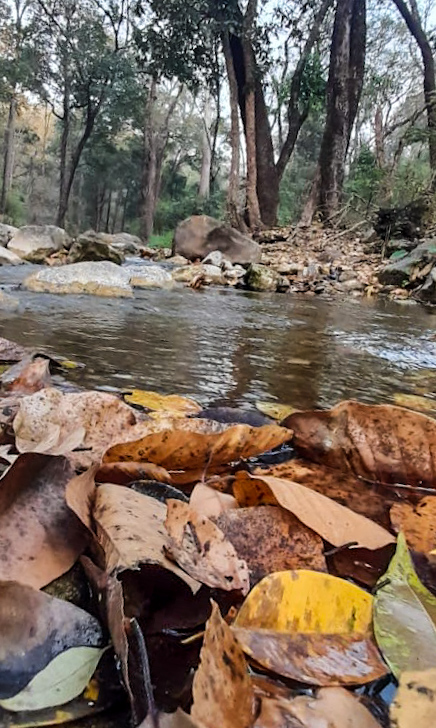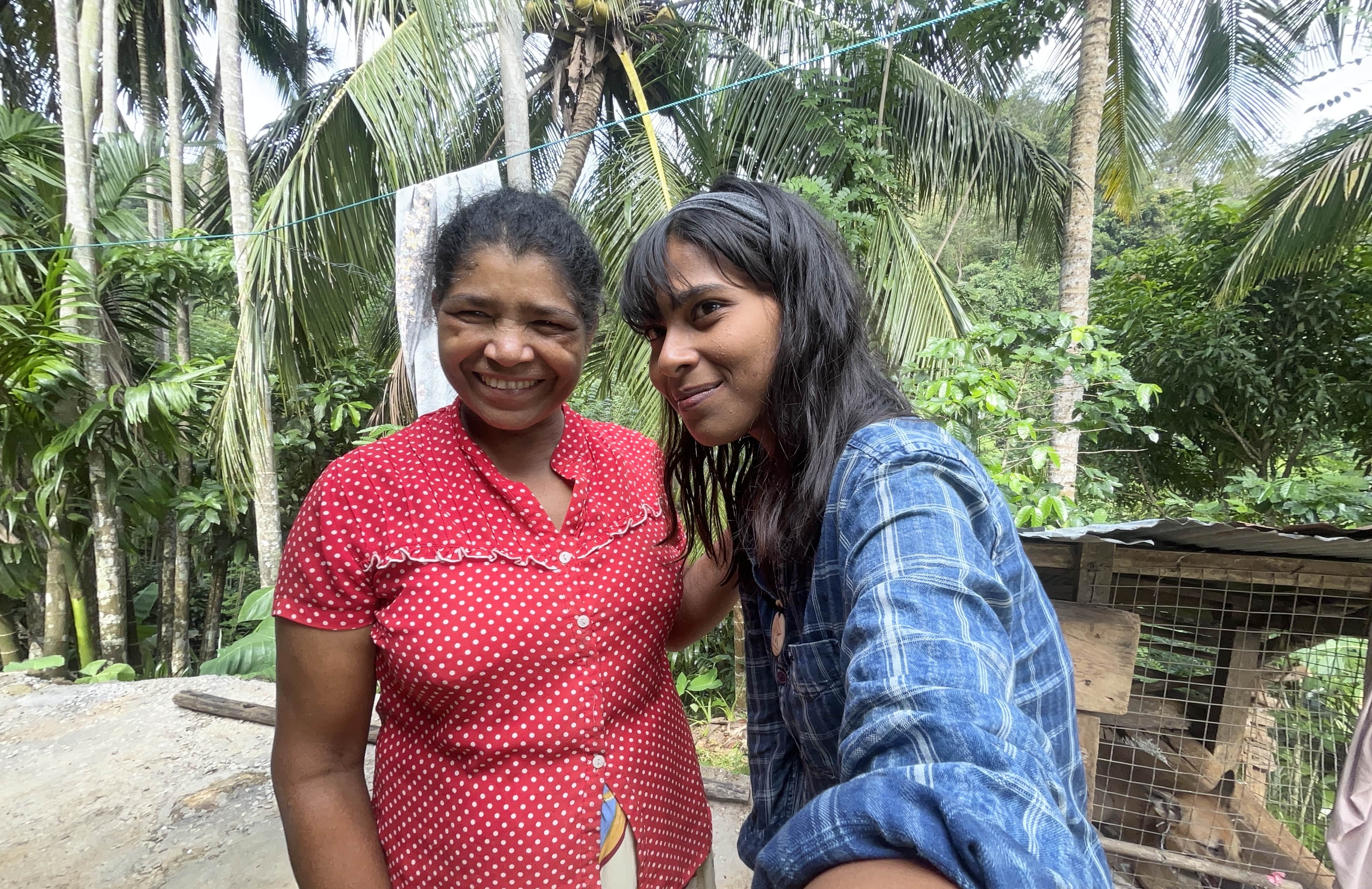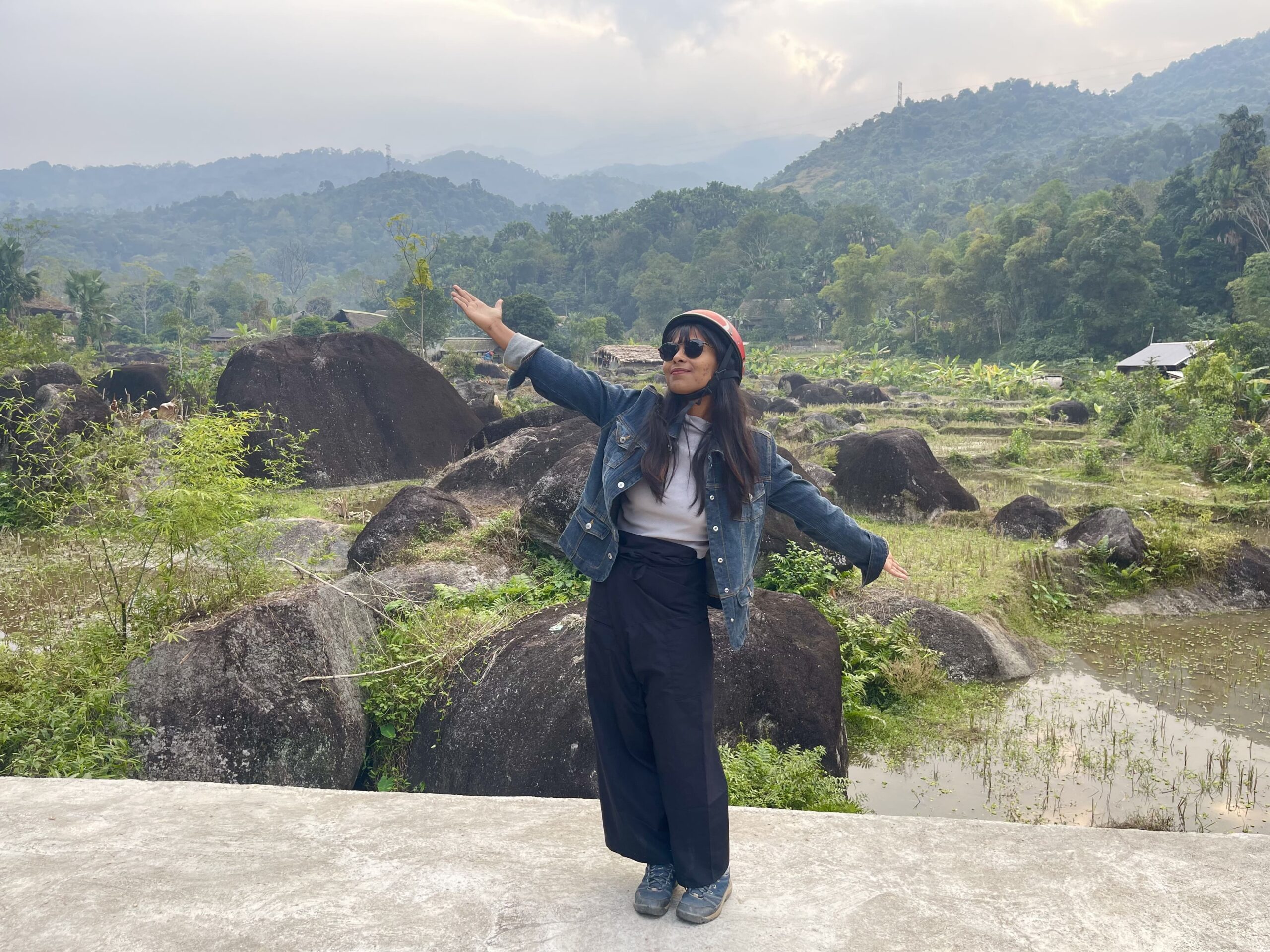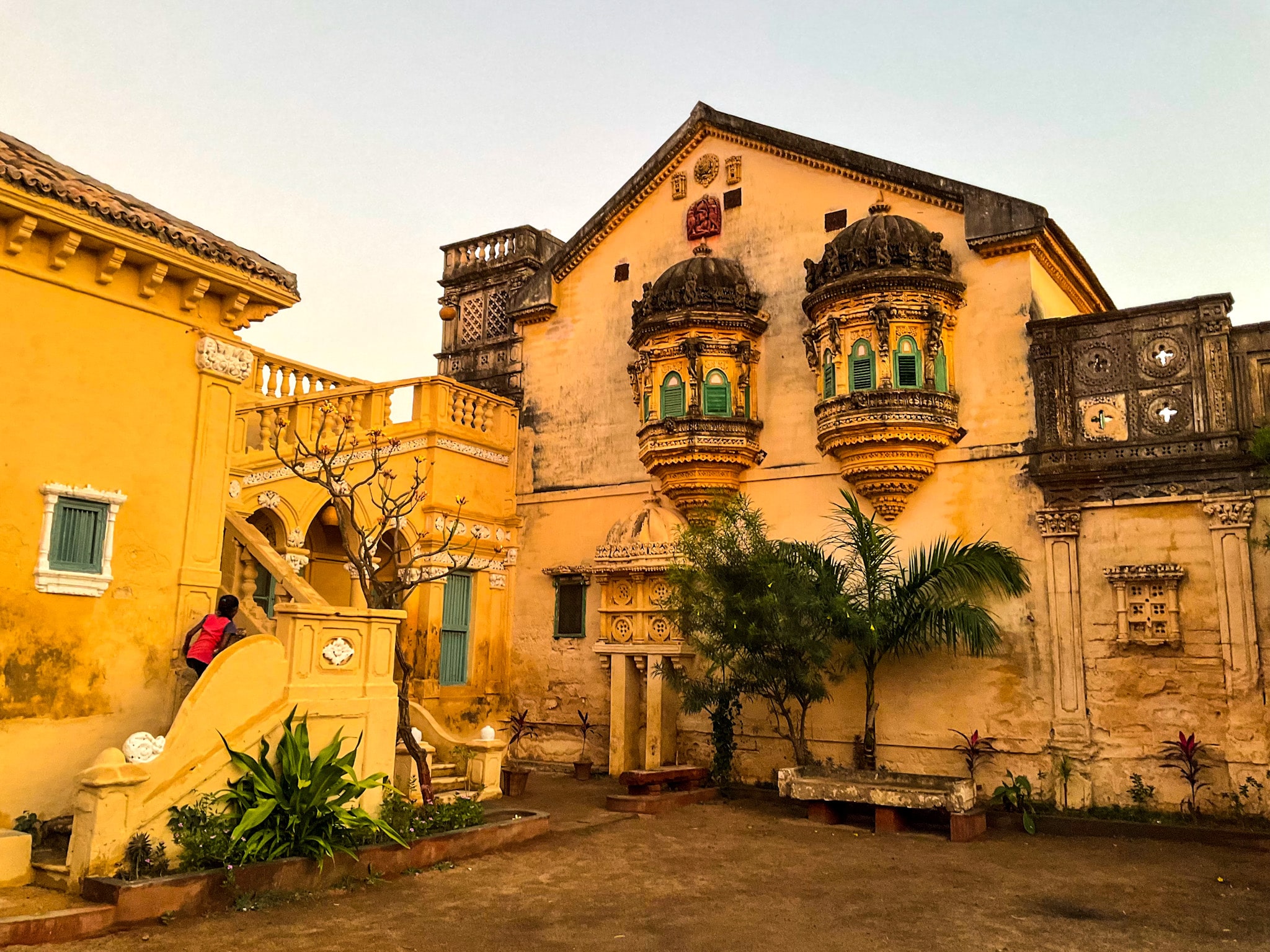Jim Corbett National Park was close to the campsite I was volunteering in. So we would go leopard spotting around the tiger reserve after midnight. In this article, hear out my story of running into a leopard and also know the Corbett Online Safari booking details.
About Jim Corbett National Park
Jim Corbett National Park, the first tiger reserve in India, is spread across a vast land of 520 square kilometres in the Nainital district of Uttarakhand. It was established in 1936 while in 1973 Project Tiger was first launched under which tigers and other endangered species were to be preserved in their natural habitat.

The rare species such as otters and the endemic fish-eating crocodile, along with a significant number of tigers have found their home in the dense forest of Corbett. In order to promote tourism, the Corbett Tiger Reserve safari has been segregated into various zones – Durga Devi Zone, Dhikala Zone, Dhela Safari Zone, Jhirna Safari Zone! and Bijrani Zone. Currently used as the residing corridor for around 164 tigers and over 600 elephants in the forest, the Tiger Reserve also shelters other animals like ghariyal and deer. Additionally, Corbett Tiger Reserve rears Asiatic Black Bear, Hog Deer, Walking Deer, Sambar, Sloth Beer, Yellow-throated marten, and many more to the list.
There are a number of getaways to the Jim Corbett National Park. Two such gates were very close to our campsite. Most of the gates are close to Ramnagar. Taking the Sonagadi Route was an uncommon choice as the road leads through the outskirts of the Reserve, crossing one of such gates. The forest intensifies in its density with the passing of time and before you know it, you have entered the absolute forest.

In the ruggedness of the surroundings, the car moves through the main jungle road of Jim Corbett, a road that is frequently considered the passageway for tigers and elephants. The company of the riverbed would not leave your side, whether close to the road or a sleek rupture from the high of the mountains. The small distant villages, or rather the clusters of huts come and go with the flicker of eyes. Then the road turns to the forestry trail, a break from the main road. Heavily accumulated trees get denser and denser as we pass through the thickness of the surroundings.
On the road, we spotted a sambar running towards the jungle, disturbed by human intervention (that would be us!). Several deer were gliding along the riverbed, among which we could recognise a swamp deer (barasingha), which is now extinct in Pakistan and Bangladesh. Then we drove through a river splashing water all over the car. We halted for some time as the one-eighty-degree roundabout on that spot only revealed the rough-hewn wild of the Jim Corbett National Park all around.
The next night we again went for a drive at 7 pm behind Jim Corbett National Park. The hushed dark roads all of a sudden were obstructed with elephant ‘potty’ (elephants do shit a lot!).
 I have no pictures of the tiger reserve, but here is Uttarakhand, to lure you to the place
I have no pictures of the tiger reserve, but here is Uttarakhand, to lure you to the place
A hike downhill at 6 in the evening with the racket of the dry leaves under our feet abducted us to a hidden village inside the reserve. Locals told us stories of tigers and leopards, who are daily visitors after sunset. The villagers even offered us a free stay. Waterfalls with no names flow away from down there. Vacant houses stand there with no intruders. In the transparent darkness of Jim Corbett Tiger Reserve, we (me and two friends) explored the stony trails of this unexplored village and ate cream rolls in a local shop. A bridge leads the path to the main road again, where a dhaba caters to the truck drivers all night. All the buses and trucks pacing to and fro the Kotdwar route from 4 am take a small break at this place. Here again, we listened to tiger stories from the locals.
Also read – Best Places to Visit in the Pine Forests of Lansdowne
Leopard and Elephant Spotting at 2 am
Even though we couldn’t spot any wildlife the day we breezed through the Jim Corbett National Park, a week later I went for a night vigilance at 2 am with four of my newfound friends from the campsite.
Taking the same route, our car was speeding up invading the darkness of the Tiger Reserve. I was sitting in the front seat with a friend driving the car. Our eyes were always on alert, but we were chilled out with road music and the daily chitchat. The headlight suddenly fell on a leopard.

She/he was walking by the edge of the road before the headlight got to her/him and forced her/him to run towards the jungle. But as soon as the engine stopped, the leopard came right beside the car, a sudden turn of events ushering to fifteen minutes of both the parties being awe-struck by each other’s presence. The yellow body with brown circles was so spectacularly beautiful that the thought of clicking a picture escaped my mind. Desperate an attempt as it was, Manish unlocked his side of the door without making a sound with the brave intention (‘brave’ according to him and ‘stupid’ according to us) of getting the ‘close-up’ picture. His ‘brave’ endeavor shoved the leopard to the point of escape.
The next night we again went for a drive at 7 pm behind Jim Corbett National Park. The hushed dark roads all of a sudden were obstructed with elephant ‘potty’ (elephants do shit a lot!). Two of my friends started arguing over whether the shit was fresh or not. We could sense that the elephants might be somewhere near. After a few more bends, Manish shouted that a group of elephants was crossing the road and entering the jungle. We stopped immediately, as it is not safe to go near elephants. They tend to obliterate everything they find on the way. But honestly, I couldn’t see them properly in the dark.
Also read – I Heard A Roar from Behind My Tent
Jim Corbett Online Safari Booking

There are five zonal segments in Jim Corbett: Bijrani Safari Zone, Sitabani Buffer Zone, Durga Devi Zone, Dhikala Zone, Dhela Safari Zone, and Jhirna Safari Zone. The booking is handled by the forest department following the strict guidelines set by the department. You can book the safari online, with the requisite documentation supporting your request. Full name, address, age, sex, ID card number, and other information would be required by the forest department (for international tourists, a passport copy is mandatory). It’s preferable that you make a booking 45 days prior to your designated safari, but chances are you will get a slot two weeks before the safari. You will be provided the official entry permit once you finish the entire procedure online.
Timings for the Jim Corbett National Park Safari
The timings for safaris at Jim Corbett National Park are 6 am to 9:30 am and 3 pm to 6 pm.
It was established in 1936 while in 1973 Project Tiger was first launched under which tigers and other endangered species were to be preserved in their natural habitat.
Prices for the Safari

For Indians, Rs. 4500 is charged to hire a jeep, which includes 6 adults and 2 children between the age group 5-12. For foreigners, Rs. 9000 is charged for 6 adults and 2 children. Remember that charges must be made in advance and in case your plan gets cancelled, you won’t be refunded.
Jim Corbett Forest Resorts
Forest lodges are available inside the Jim Corbett National Park. You need to acquire permission from the forest department to spend the night there. The perk of staying the night in the forest lodge is that you get the added benefit of visiting Dhikala Tourism Zone. As the outsiders are not allowed to visit this particular area, only those with permission get to live this experience. The minimum booking criteria is 1 day, and you cannot stay for more than 3 nights. Find all the forest rest houses here.
Here are some other homestays to stay:
You can visit the official website to book your safari online for Jim Corbett National Park.
What’s your midnight wildlife story?
Support my solo adventures around the globe by joining the Patreon community.
Live the Adventure
Get weekly articles delivered to your doorstep and stay up-to-date with my new travel stories.
One response to “Jim Corbett National Park – Leopard Spotting at 2 am”
-
[…] fish-eating crocodile, along with a significant number of tigers have found their home in the dense forest of Jim Corbett. On the road we spotted a sambar running towards the jungle. Several deer were gliding along the […]





Leave a Reply